The concept of a “future-proof” suburb once conjured images of thriving communities designed for long-term prosperity and resilience. These were often master-planned developments boasting forward-thinking infrastructure, diverse economies, and ample green spaces, seemingly insulated from the challenges facing older suburban areas. However, the reality is that even these once-envisioned utopias are now grappling with unforeseen shifts in demographics, economic landscapes, and lifestyle preferences, revealing that no suburb is truly immune to the winds of change. The very factors that once promised enduring success are now contributing to unexpected struggles.
1. The Car-Dependent Paradise
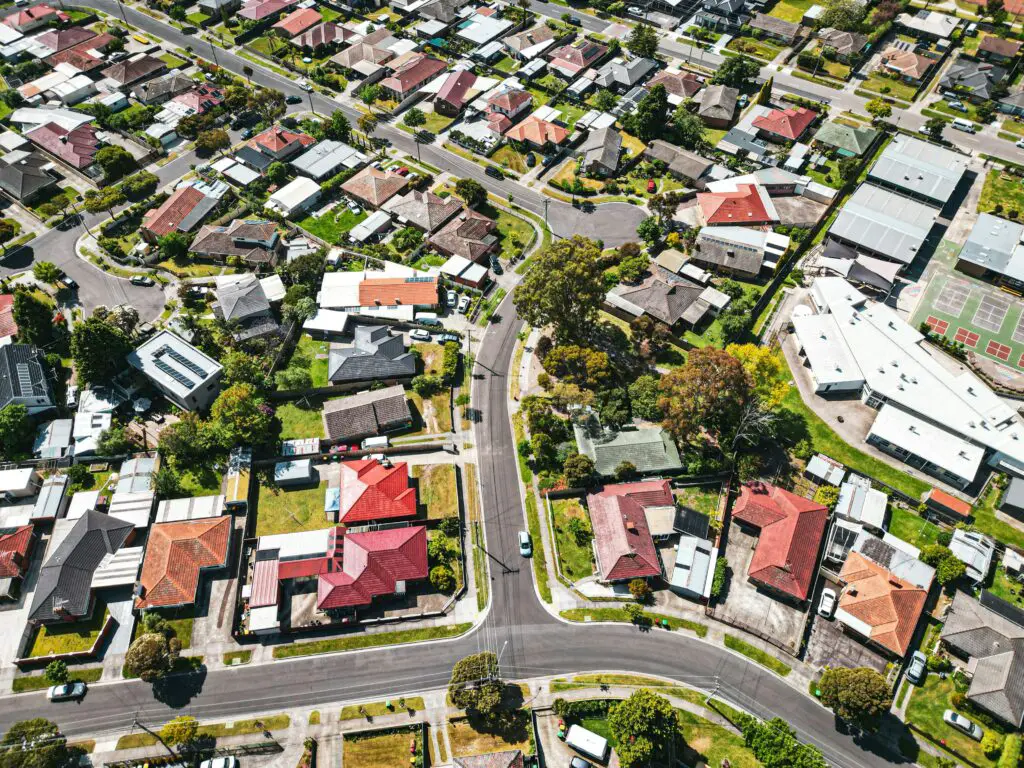
Many “future-proof” suburbs were designed with the automobile as the primary mode of transportation, featuring sprawling layouts, ample parking, and limited walkability. This model was seen as modern and efficient, catering to a lifestyle of individual mobility. However, rising fuel costs, increased environmental awareness, and a growing desire for walkable, mixed-use communities have turned this car-centric design into a liability, notes Curbed.
Residents in these areas often face long commutes, limited access to public transportation, and a lack of local amenities within easy walking or biking distance. This dependence on cars can lead to social isolation, higher household expenses, and a decreased quality of life, making these once-desirable locations less appealing to a growing segment of the population.
2. The Big Box Retail Hub

Suburban planning often centered around large retail centers and big box stores, envisioned as economic engines providing jobs and convenient shopping. These hubs attracted residents with their wide selection and perceived affordability. However, the rise of e-commerce has significantly disrupted this model, leading to store closures and the decline of these once-bustling commercial areas, says Forbes.
The vast parking lots and single-use zoning that characterized these retail centers now contribute to a sense of emptiness and blight. These areas struggle to adapt to the changing retail landscape, often lacking the density and mixed-use development needed to attract new businesses and create vibrant community spaces.
3. The Housing Sprawl

Many master-planned communities featured housing developments, offering similar-style homes on large lots. This homogeneity was initially seen as appealing to a specific demographic seeking a consistent lifestyle. However, this lack of housing diversity now presents challenges in attracting a broader range of residents, including younger generations and smaller households.
Strong Towns suggests that large, single-family homes can be expensive to maintain and may not suit the needs or budgets of a diverse population. This can lead to aging populations, declining school enrollment, and a lack of the vibrancy that comes with a mix of housing types and residents.
4. The Promise of Green Space (Now Under Pressure)
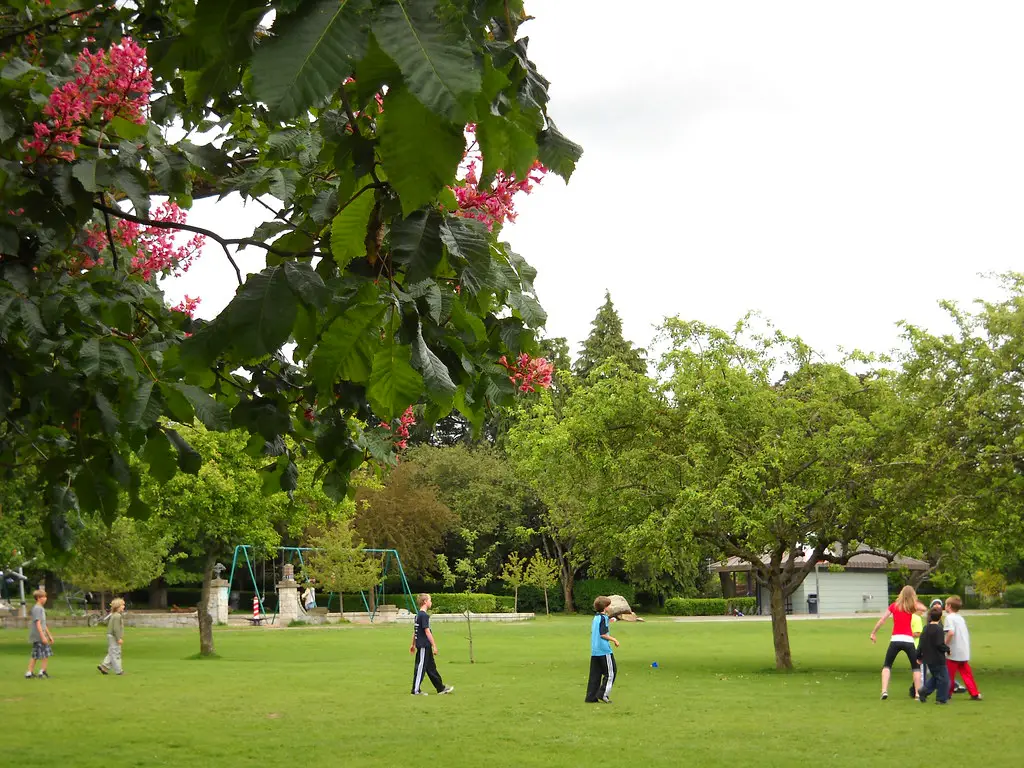
“Future-proof” suburbs often incorporated significant green spaces and recreational areas as key amenities, attracting residents seeking a connection with nature. However, as these areas mature and populations grow, these green spaces can come under pressure for development or suffer from inadequate maintenance funding, says Global Goals.
The very features that once attracted residents can become points of contention as the balance between preservation and growth becomes difficult to manage. The loss or deterioration of these promised natural amenities can diminish the appeal of these suburbs.
5. The Limited Local Job Market

Many of these suburbs were designed as bedroom communities, relying on residents commuting to jobs in nearby urban centers. This model worked well when the economy was stable and commuting was less of a burden. However, economic downturns and shifts in employment patterns can leave these suburbs vulnerable with a limited local job market.
Residents may face long commutes even for basic services or struggle with unemployment if the primary job centers experience decline. The lack of a strong local economy can hinder the long-term sustainability of these communities.
6. The Aging Infrastructure Challenge
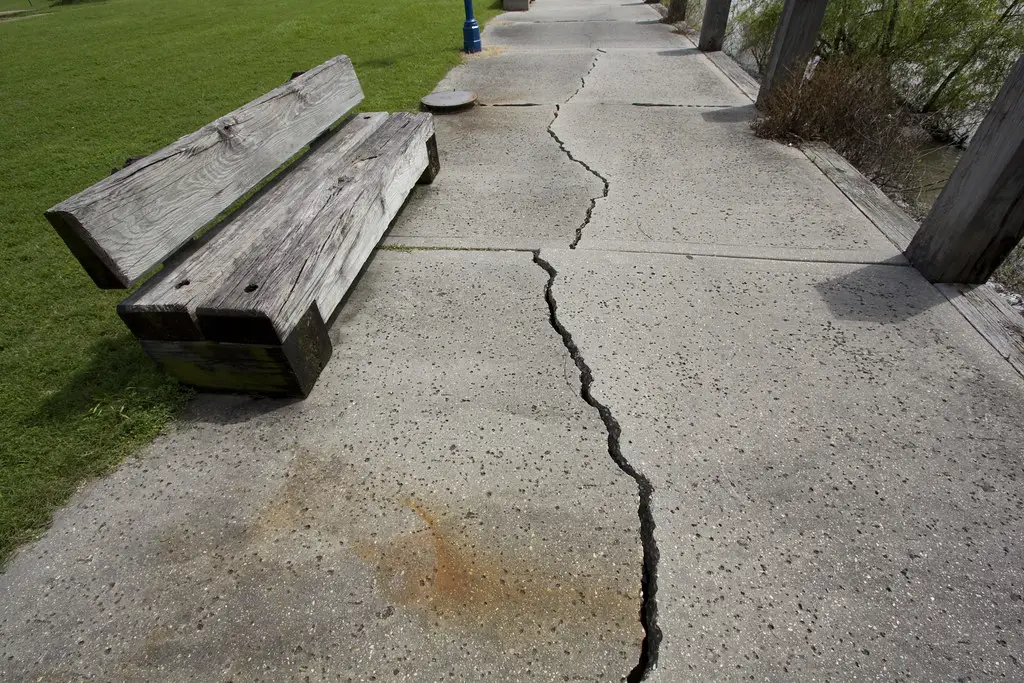
Even newer suburbs eventually face the challenge of aging infrastructure, including roads, water systems, and utilities. The initial planning may not have fully accounted for the long-term maintenance costs or the need for upgrades as technology evolves.
Funding these infrastructure needs can become a significant burden on residents and local governments, potentially leading to higher taxes or deferred maintenance, which can negatively impact the quality of life and property values.
7. The Lack of Adaptability in Planning
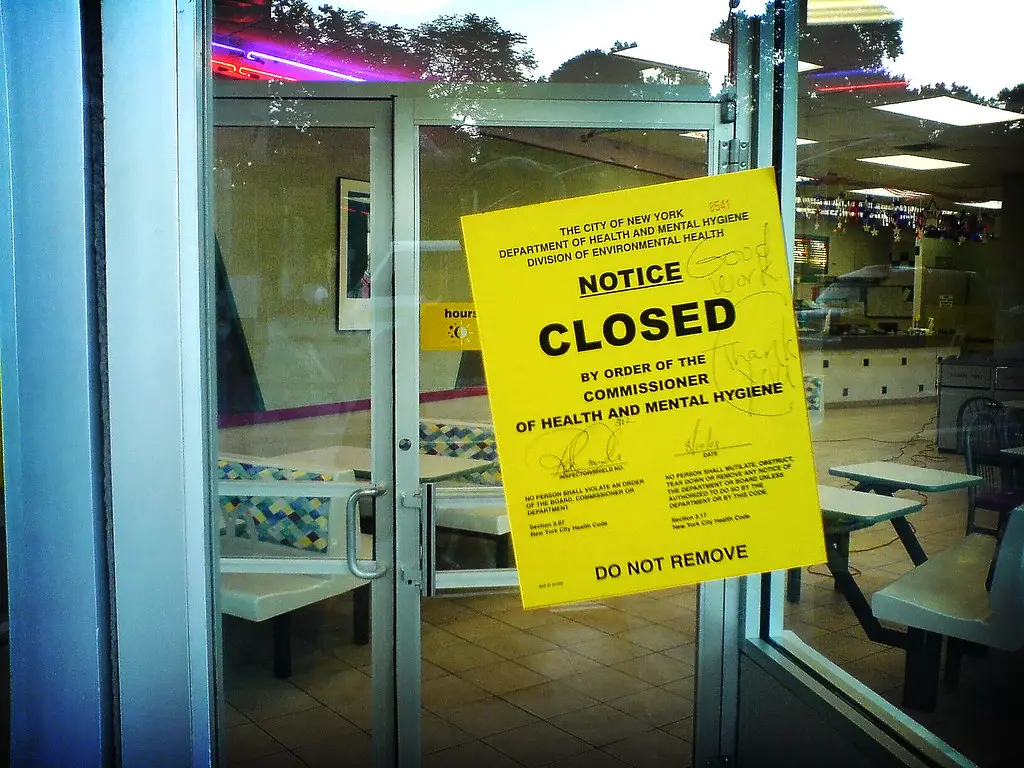
The rigid master plans that once defined these suburbs can become a hindrance to their long-term adaptability. Zoning regulations that separate residential, commercial, and industrial areas can make it difficult to create the mixed-use, walkable environments that are increasingly desired.
The inability to easily adapt to changing demographics, economic trends, and lifestyle preferences can stifle innovation and make these suburbs less attractive to new residents and businesses.
8. The Strain on School Systems

Suburban growth often leads to increased enrollment in local school systems. While initially seen as a sign of a thriving community, sustained growth without adequate funding can strain resources, leading to overcrowded classrooms and a decline in the quality of education.
This can become a significant concern for families and negatively impact property values, making the suburb less attractive to those with school-aged children.
9. The Increasing Cost of Suburban Living

While initially offering more affordable housing than urban centers, the cost of living in many “future-proof” suburbs has risen significantly. Property taxes, transportation costs, and the expense of maintaining larger homes and yards can become a burden for many residents.
This increasing cost can make these suburbs less accessible to a diverse range of income levels, potentially leading to out-migration and a decline in economic diversity.
10. The Challenge of Retrofitting Sprawl
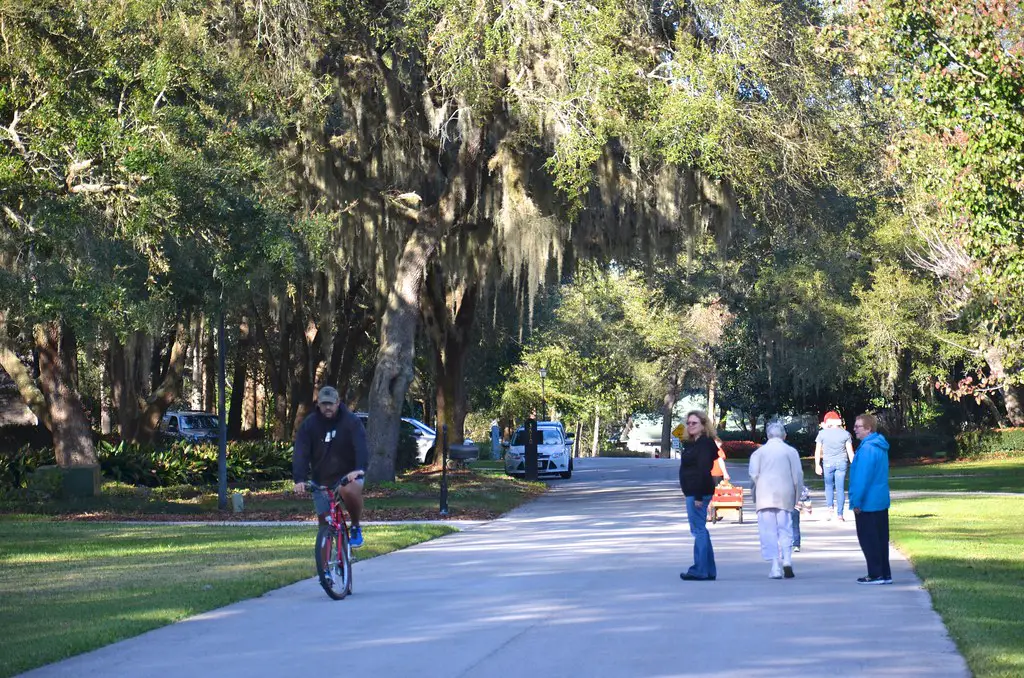
As preferences shift towards more urban-style living, these sprawling suburbs face the challenge of retrofitting their car-dependent layouts into more walkable, mixed-use environments. This process can be complex, costly, and face significant political and logistical hurdles.
The transformation of strip malls into town centers or the creation of pedestrian-friendly corridors often requires significant investment and a willingness to rethink the original design principles of the suburb.
11. The Impact of Technological Change
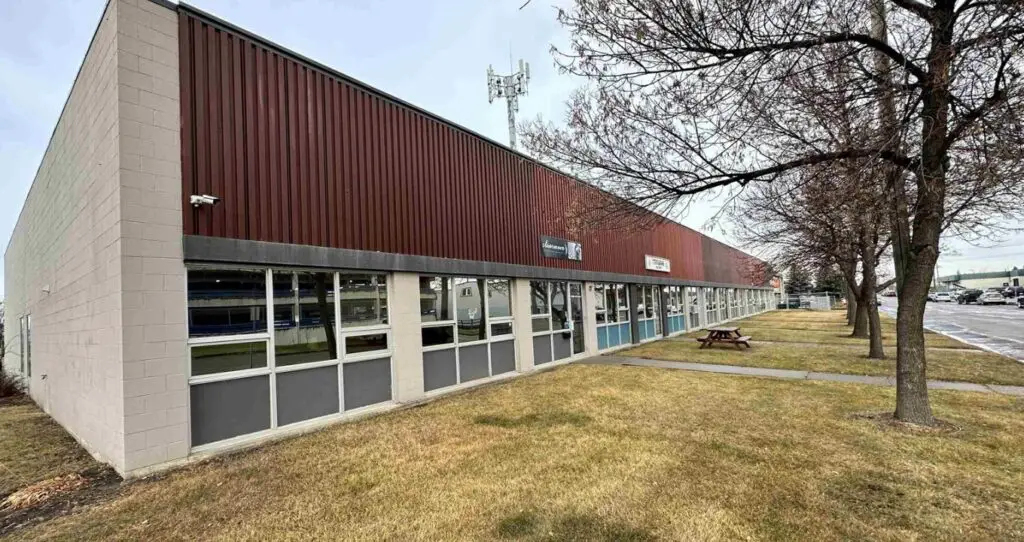
The rise of remote work and online services has lessened the need for traditional suburban models based on commuting to centralized office locations and physical retail. This shift can lead to vacancies in commercial areas and a re-evaluation of the suburban lifestyle.
Suburbs that fail to adapt to these technological changes and offer amenities that cater to remote workers and online consumers may struggle to remain relevant and attractive.
12. The Growing Desire for Community and Connection
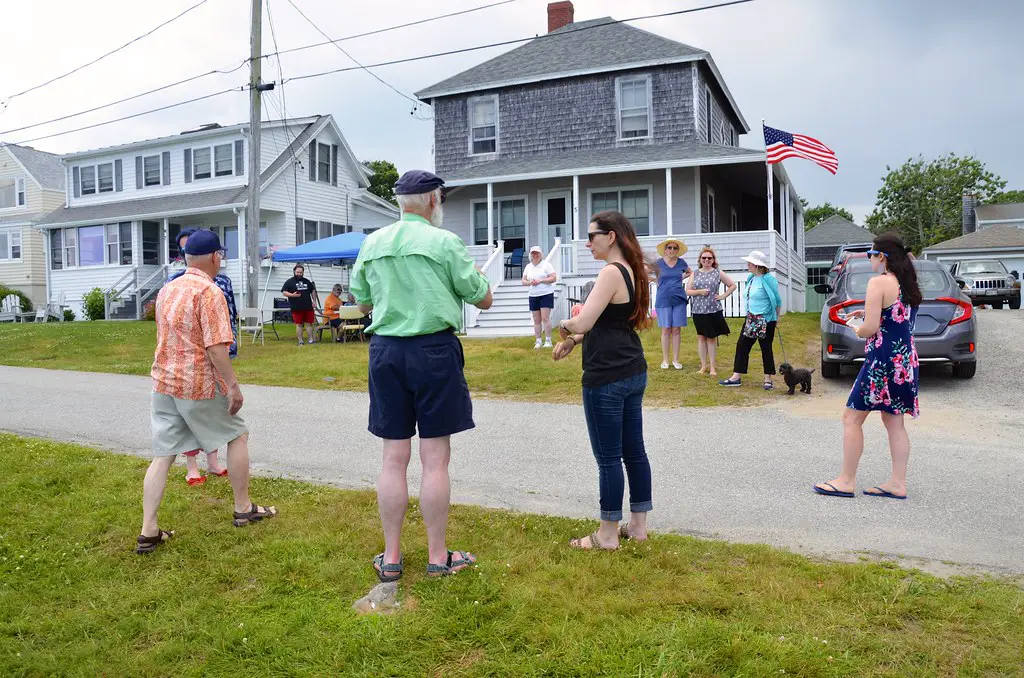
The initial focus on individual housing units and private amenities in many “future-proof” suburbs may have inadvertently led to a weaker sense of community. As social isolation becomes a greater concern, residents increasingly seek neighborhoods that foster connection and social interaction.
Suburbs that lack vibrant public spaces, community events, and opportunities for social engagement may find it difficult to retain residents who prioritize these aspects of urban living.
13. The Environmental Footprint Concerns
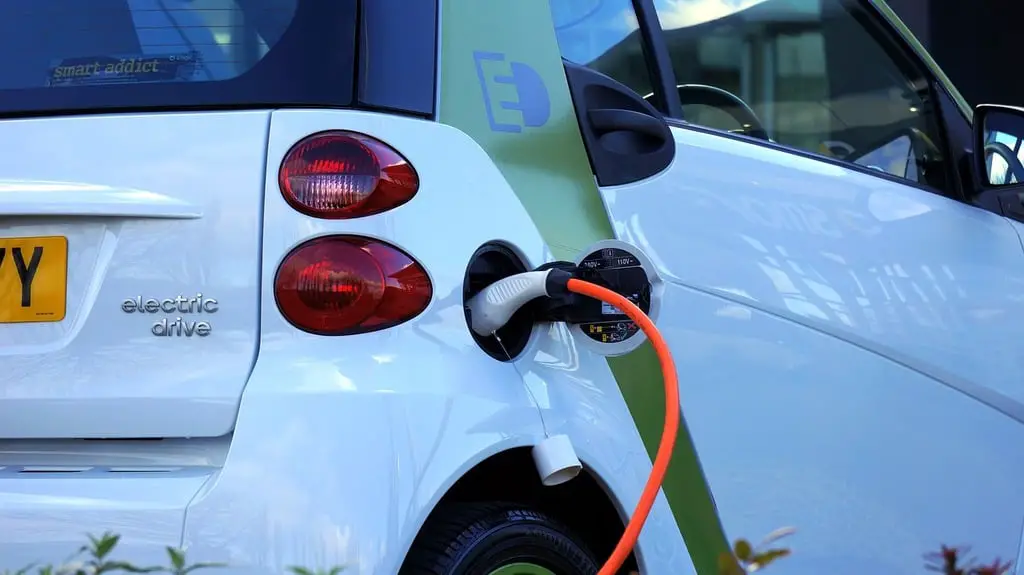
The large lot sizes and car-dependent infrastructure of many sprawling suburbs contribute to a significant environmental footprint. As sustainability becomes a greater societal concern, these less dense and more resource-intensive living patterns may become less desirable.
Retrofitting these suburbs to be more environmentally sustainable through increased density, better public transportation, and green building practices is a significant challenge.
14. The Shifting Demographics and Preferences

Demographic shifts, including an aging population and the preferences of younger generations for more urban-style amenities, are challenging the traditional suburban model. Suburbs that fail to adapt to these changing demographics risk becoming less attractive and experiencing decline.
Attracting and retaining a diverse population with varied needs and preferences requires a willingness to evolve beyond the initial “future-proof” vision.
